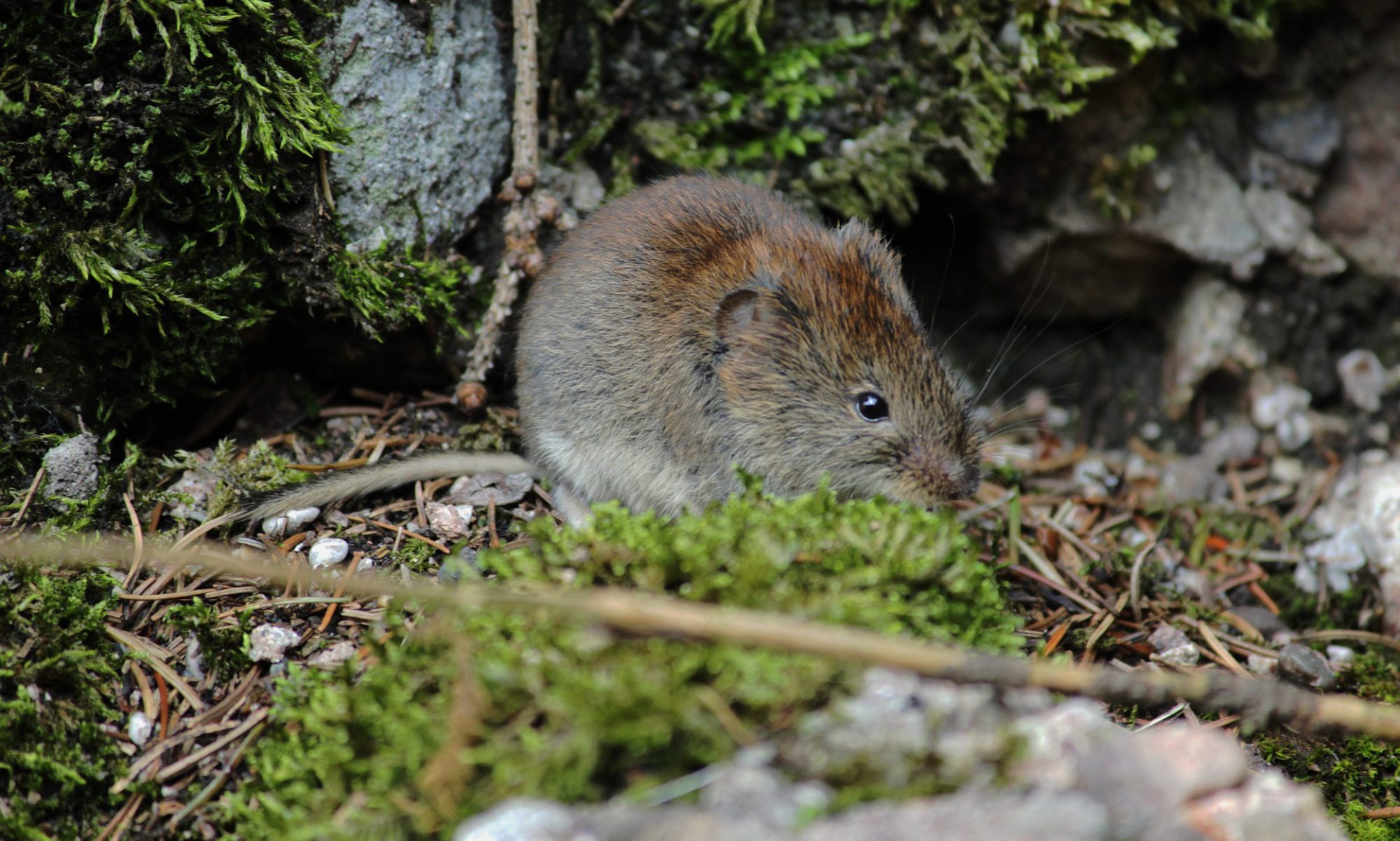Not all rivers are the same. Some are large, some are small; some are tidal and others are not; all have been changed in some way by humans. Rivers have huge impacts on the landscapes they are part of. Read on to find out more!
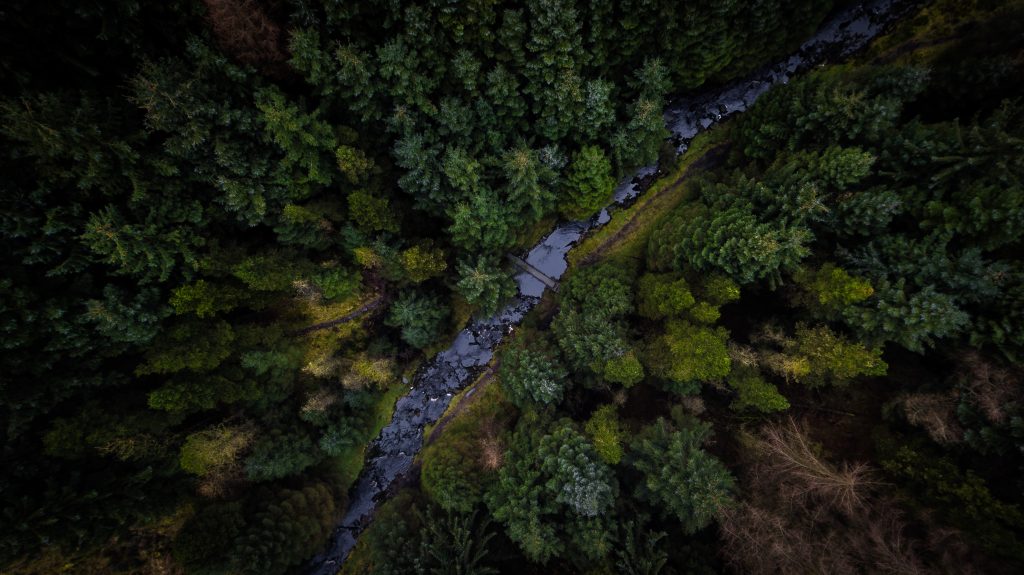
There are two processes carried out by rivers that can affect the landscape. Erosion is the wearing away of rocks and soils, where the eroded material is then transported elsewhere by the river. Deposition is where rocks, fine silt, and other materials carried in the river are dropped- or deposited- by the river and left in a particular place.
So, without further ado, let’s dive into some river landforms!
Waterfalls
The force of the water, and the ‘sandpaper’ action of rocks within the river, can cause the erosion of rocks over which the river flows. The rock underneath erodes first, creating a ledge that eventually collapses. This leaves a waterfall. It also creates a plunge pool at the bottom of the waterfall, due to the force of the water hitting the rock.

Gorges
As the river and its contents scours the rocks over which it flows, it erodes downwards, creating a steep-sided gorge. This is especially associated with waterfalls.
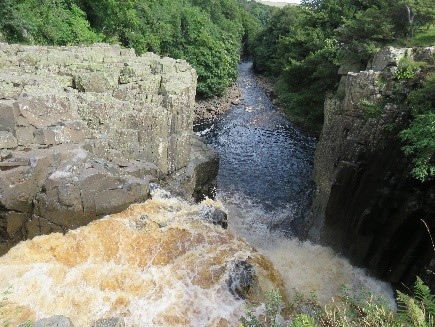
Pools and Riffles
Riffles are also known as rapids. These are areas of faster-flowing, shallower water. Pools are areas of slower, deeper water in between the riffles. These landforms are very important as a habitat for insects and their larvae, and therefore anything that feeds on them!

Wetlands
When a river reaches flatter areas, it starts to spread out. This means that it can deposit the materials it is carrying. These materials include silt and other sediments. They form a network of marshy ground, interspersed with streams and pools where the river flows around the silt. Wetlands are crucial for many species. They are a breeding ground for many birds, amphibians, and aquatic mammals.
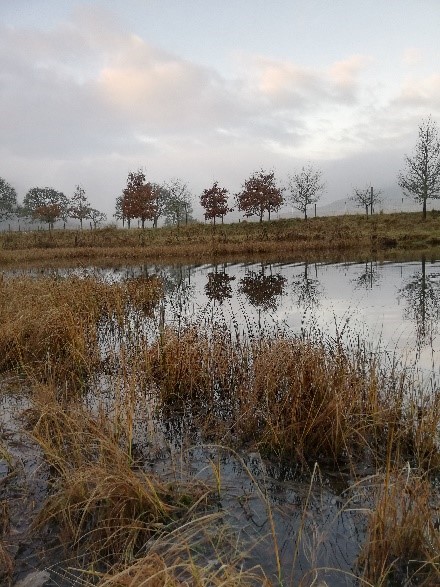
Floodplains
When a river has too much water in it, it can burst its banks and spread over surrounding areas. As it does so, it deposits silt and other sediments. This means floodplains are very fertile and therefore great for farming. Meanders are also seen in this picture. They form when the river erodes one side of the bank, and deposits material on the other side, creating a curved shape.
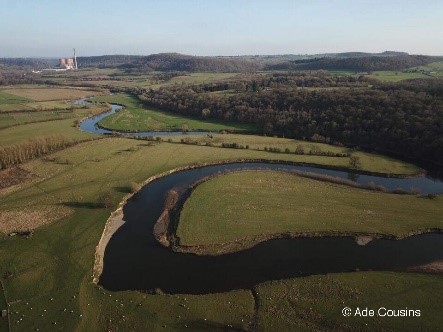
Interlocking Spurs
It’s easier for rivers to flow round the base of hills, than it is for them to erode the hills. This creates a winding river, surrounded by hills seem to knit together.
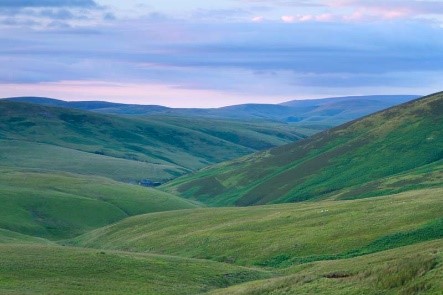
Of course, there are many more landforms that only exist because of rivers. This shows that rivers are not just important as a source of water, but also as a driving force behind how landscapes form and change. So, think about what the consequences might be if humans interfere!
For hundreds of years, we have damned, dredged, and diverted rivers to suit us. This obviously has huge implications for wildlife in and around rivers. But it can also affect habitats and species found elsewhere, due to the roles rivers play in landscape formation.
For more information on river landforms, and the effects of human interference in rivers, please visit:
http://thebritishgeographer.weebly.com/river-landforms.html
https://ypte.org.uk/factsheets/rivers/humans-influence-on-rivers
https://www.sciencelearn.org.nz/resources/440-human-impact-on-rivers
